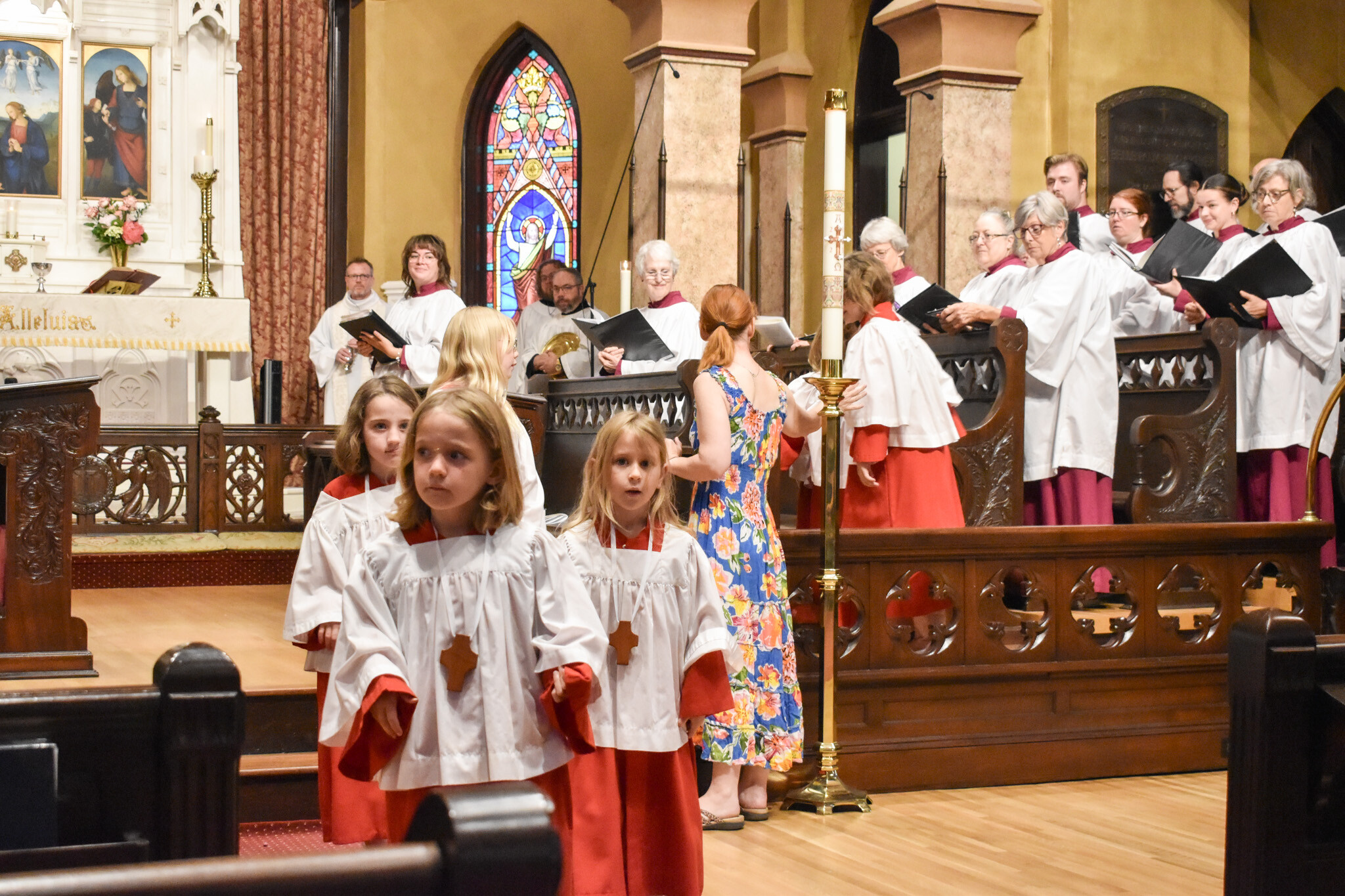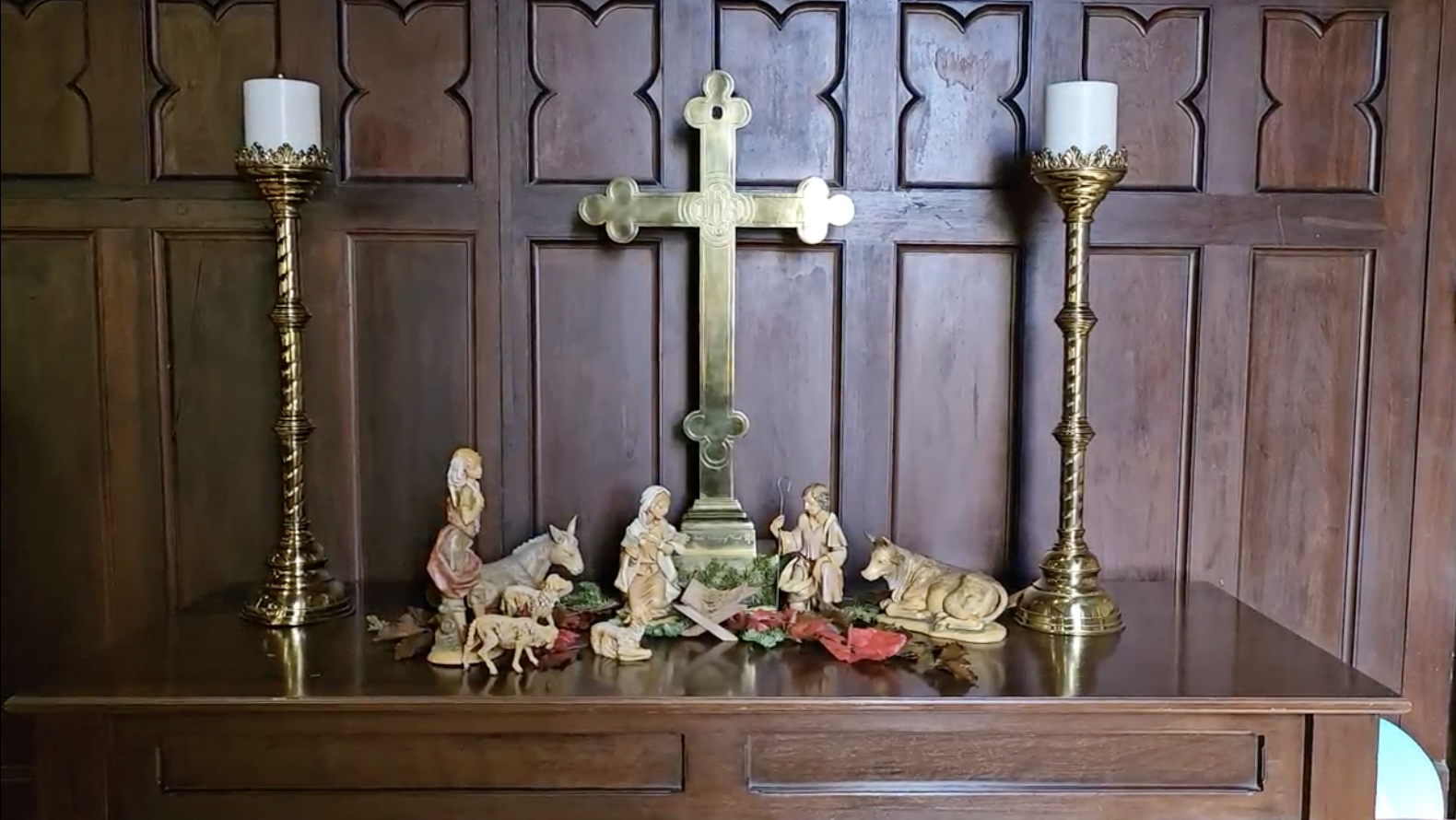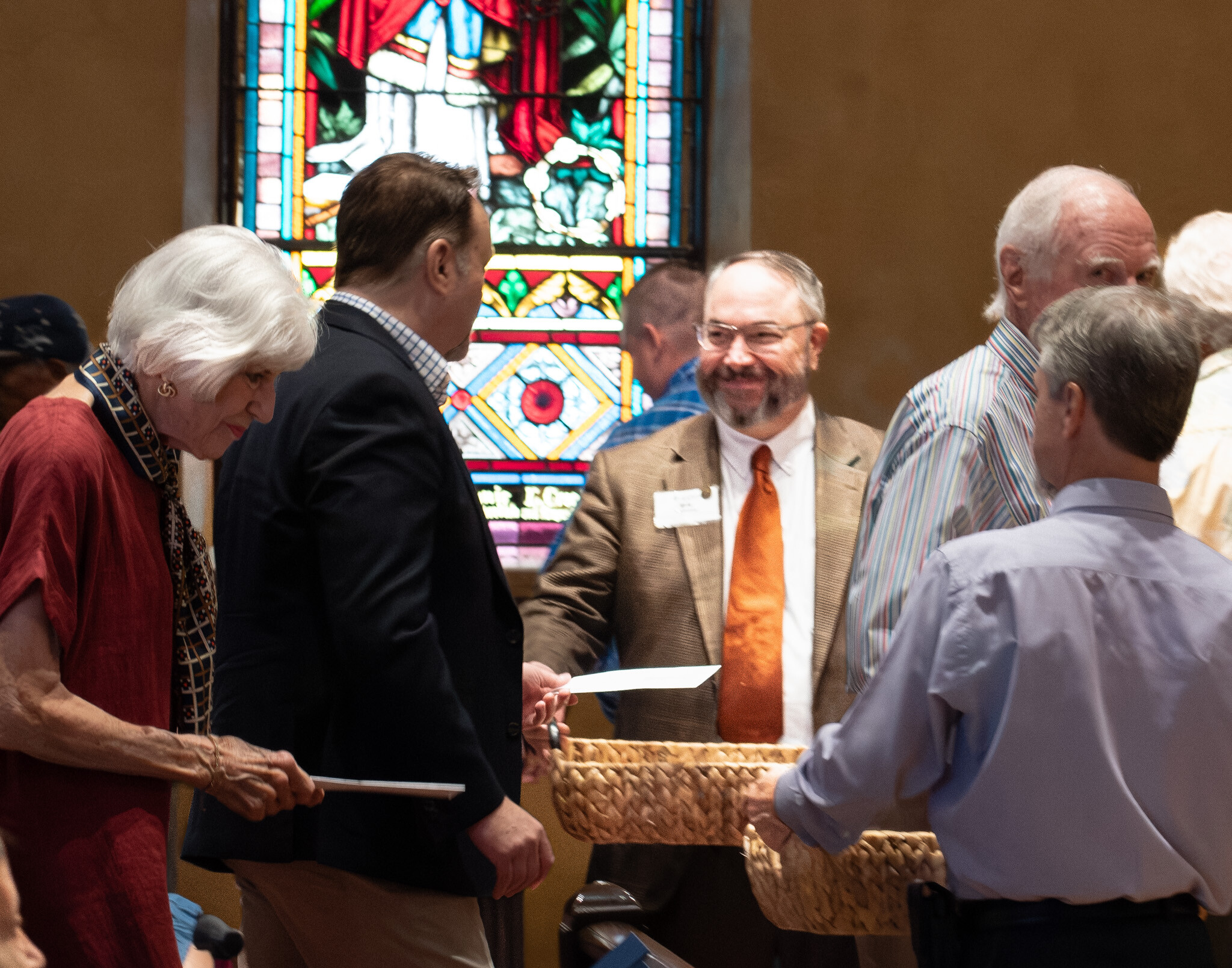
On 1 November the Western Church celebrates All Saints’ Day (in The Episcopal Church, it may be observed on the Sunday following, in addition to its observance on the fixed date).
The first and unignorable thing to strike one upon perusing several hymns related to the feast is their heavy use of militaristic imagery. This is true of ‘For all the saints, who from their labors rest’ [287], whose musical setting (the work of Ralph Vaughan Williams) strongly underscores the martial aspect of the text, as well as of ‘Lo! round the throne a glorious band’, our Offertory anthem (which uses a fine sixteenth-century hymn-tune [201] as its basis, though rather heavily set by Henry Ley; even the musical setting of ‘I sing a song of the saints of God’ [293] is a Sunday-school march). Armed combat is a widely employed and well-developed symbol-system used to refer to Christians’ struggle against harmful and evil forces within and without, but the horrific scale and nature of war in the twentieth and twenty-first centuries make it difficult if not impossible to associate war with glory any longer. This problem is only magnified when, as in some of these same hymns, the specifics of the struggle are glossed over.
The other primary image found in these saints’ hymns (particularly ‘Who are these like stars appearing’ [286]) is drawn from Chapter 7 of the Revelation to John (read in Year A), in which one of the elders asks the writer, ‘Who are these, robed in white, and where have they come from?’, then answers the question when the writer demurs to do so: ‘These are they who have come out of the great ordeal; they have washed their robes and made them white in the blood of the Lamb.’ This tableau in turn points us to the Beatitudes, the Gospel in Years A (Matthew) and C (Luke), to which it can be seen as the corollary. The Beatitudes (rather, the two notably different versions of them) supply what is lacking in some of our hymns, enumerating some of the qualities or actions that might earn one the description ‘blessed’: humility, mercy, peacemaking, hunger for righteousness, purity of heart, charity toward those who oppose and hurt us. Furthermore, in both versions we read that to truly follow Christ, to see and interpret and speak to the world through his eyes and his words, will invite hate, exclusion, defamation – and, we are told, such treatment will be a sign that one is on the right path, headed for a ‘great... reward in heaven’ such as the Revelation portrays. The choir sings a Russian chant setting of the Matthean Beatitudes, found in our Hymnal [560], to reinforce this teaching.
What have the saints to do with us? The Prayer Book suggests what, by virtue of the qualities and actions described in the Beatitudes – and ultimately the virtue of Christ working in them, and our union with them in Christ – they embody: they are witnesses (this is what ‘martyrs’ literally means); ‘vessels of grace’; ‘lights of the world in every generation’; examples of obedience; steadfast in faith; characterized by ‘virtuous and godly living’; a communion and fellowship of love and prayer. Our hymns, despite some of their language, can help connect us to those great models of our faith. In stanza 4 of ‘For all the saints’, we affirm that the Communion of Saints consists both of those who still ‘feebly struggle’ and those who ‘in glory shine’. In stanza 4 of ‘Who are these like stars appearing’, we might ask whether in striving ‘with’ God, the saints were allies, or perhaps at times also opponents, of the divine will and purposes, taking heart from the knowledge that the saints are real human beings, flawed and fearful, but also good and faithful. Likewise, with the Children’s Choir, we can affirm that ‘The saints of God are just folk like me, and I mean to be one too’ (as ‘I sing a song of the saints of God’ concludes). It is in following their great examples, the Collect of the Day says, that we pray ‘we may come to those ineffable joys that [God has] prepared for those who truly love [God]’: a joy embodied in our final hymn, ‘Ye watchers and ye holy ones’ [618], which invites a whole roll-call of the denizens of heaven and those of us on earth to join in a song of praise adorned with pealing cascades of Alleluias.




Login To Leave Comment